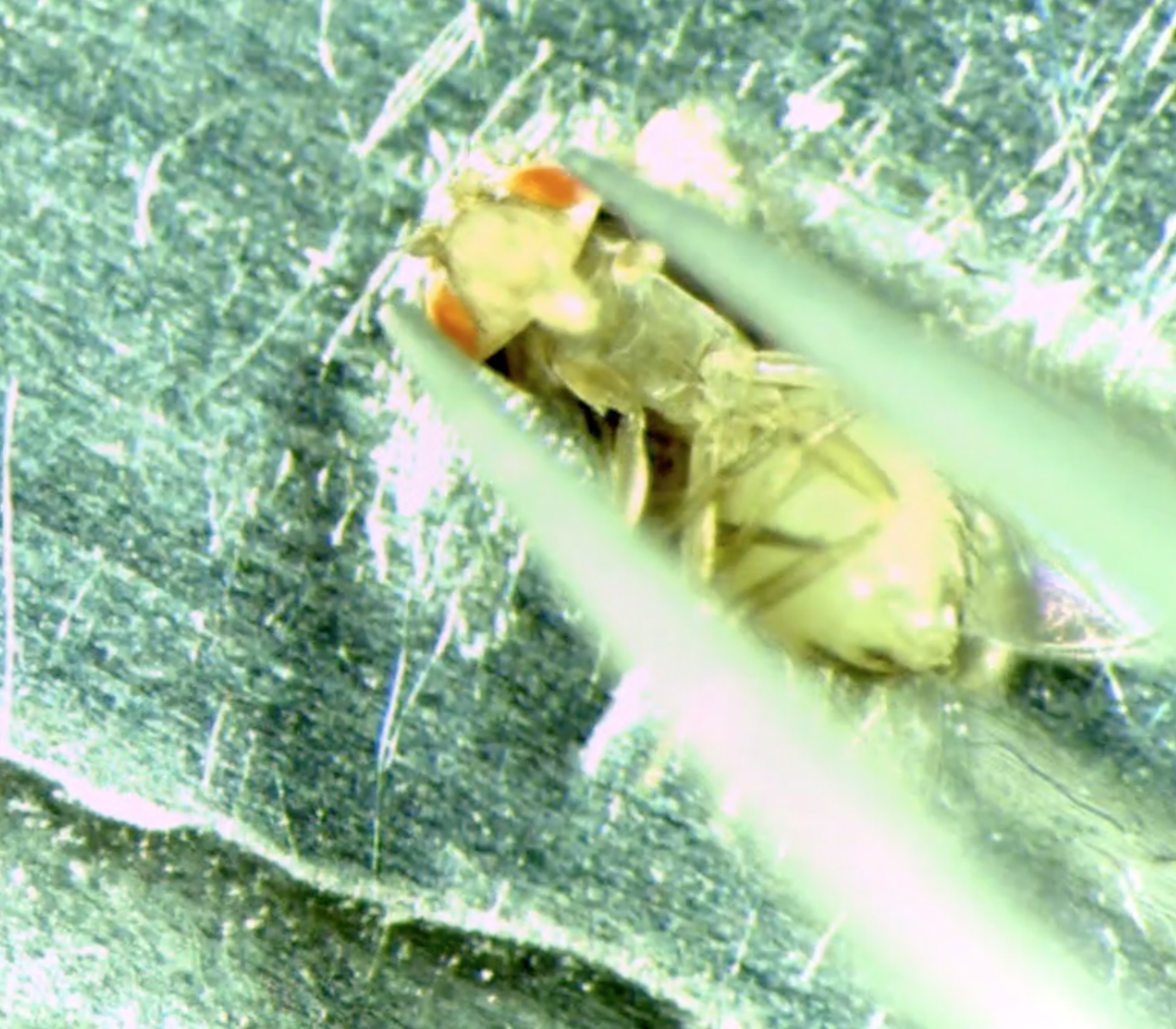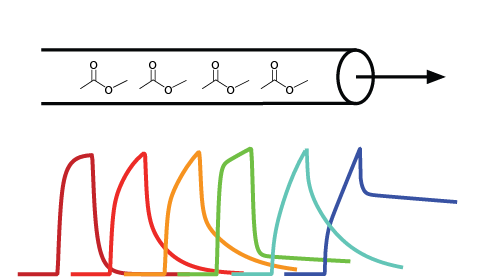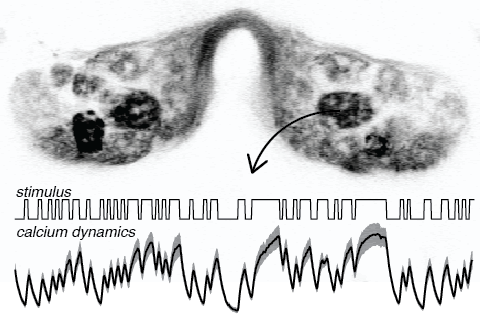
We study how the fly brain processes olfactory cues. Which information about the odorous world is available to the fly? How is this information represented in neural activity? And how does experience modify this information and its meaning? We use electrophysiology, in vivo calcium imaging, genetics, behavioral analysis and computational modeling to answer these questions.

We develop approaches to understand and control the dynamics of odor stimuli, an essential step for the interpretation of physiological responses and olfactory driven behavior.

We use electrophysiology to quantify the response of olfactory receptor neurons located on the antenna.

2-photon imaging allows us to measure in vivo the activity of specific neurons in the fly central brain and to study neuron activity at a subcellular level.

We track walking flies to quantify their behavioral response to odors and test the function of specific neurons and neural mechanisms.